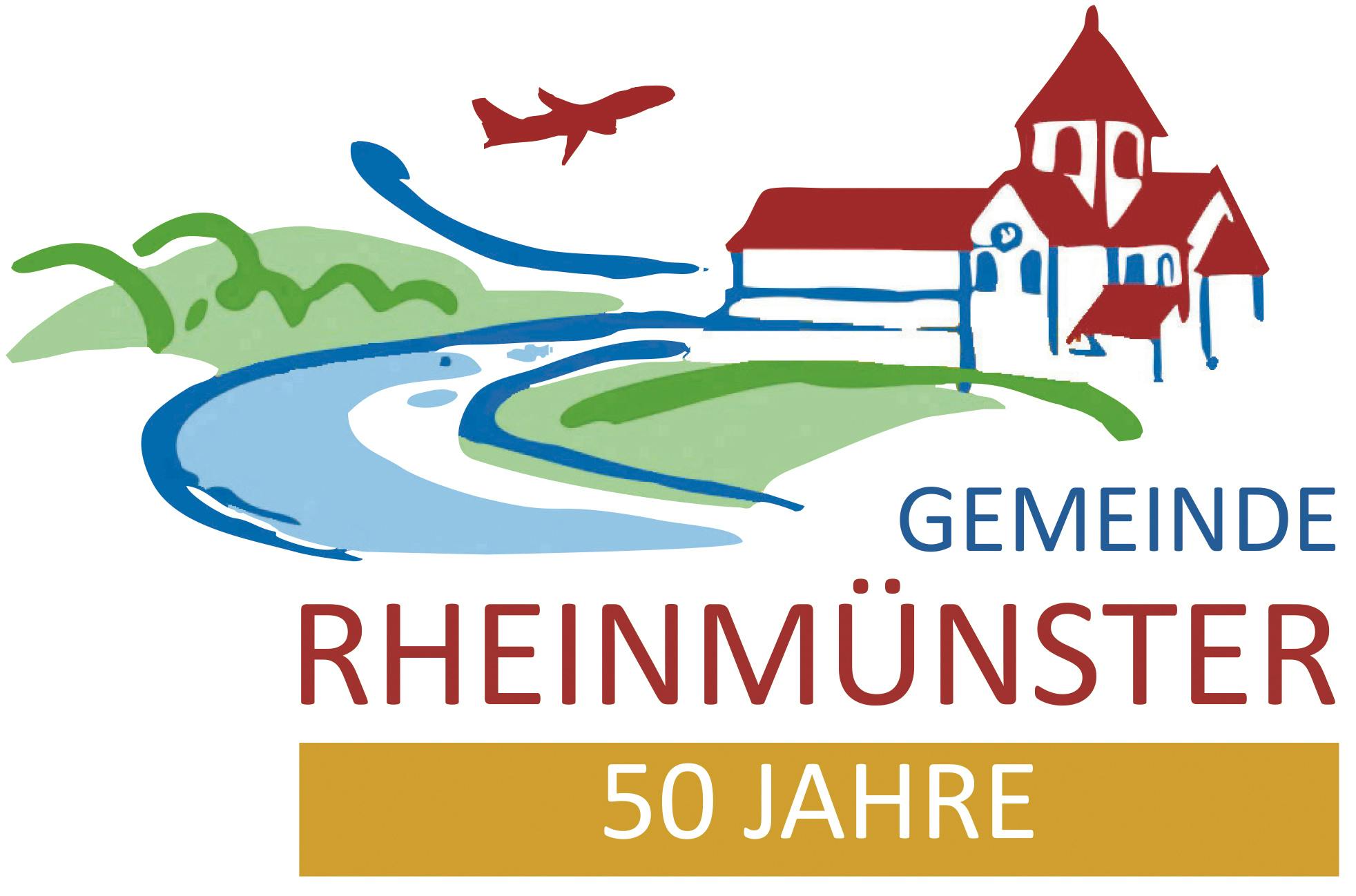Places of historical interest – Schwarzach cathedral
Every traveller along Federal Highway 36, which crosses Rheinmünster between Rastatt and Strasbourg, can catch a glimpse of the abbey cathedral nestling on the banks of the Rhine. This magnificent colonnaded basilica is almost all that remains of the former Benedictine abbey of Schwarzach, which in the course of its colourful and tragic history between 1714 and1803 was the driving force behind the extraordinary religious, cultural and economic prosperity of the central Rhine area.
The abbey was also the impetus for the emergence of Schwarzach as a town (in 828), because when the monks first came to the “Schwarze Ache” there was nothing there at all.
The architecturally imposing and historically interesting abbey cathedral is the fourth church (built 1220-1225) belonging to the former abbey. During an archaeological excavation in 1964-66, the remains of three other churches were discovered on the same site. Thousands of visitors come to visit the cathedral every year; both inside and out, if offers a wide range of interesting themes for artists and photographers to explore. Historical relics from the abbey’s past include the baroque organ which, despite erroneous claims to the contrary, is not a real “Silbermann organ”.
The baroque abbey was built during the baroque period, but was torn down almost a hundred years later and can now be seen only in pictures. Disastrous attempts were also made to make the church look more baroque. However, in 1967-69, when urgent restoration work was carried out to the church to save this gem of medieval colonnaded architecture from collapse (the last creation of the Hirsau architectural school), the opportunity was seized to reverse all the baroque alterations and to restore the abbey church to its original architectural style. Nevertheless, it still retains features from four different architectural styles: It is predominantly romantic in style, with some gothic touches on the pointed belfry windows in the tower and pointed arches on the crossing (1299-1302), the ornate carved wooden choir stalls are renaissance in style (1700) and the baroque organ and recently restored, monumental altar are from the baroque period.
Besides the monastery, only the administration and domestic offices arranged around the monastery courtyard and the monastery gateway remain of the former Benedictine abbey in Schwarzach. These were built in the period between 1761 and 1790, or probably more precisely between 1765 and 1773, as the foundation stone was laid on 29 August 1765.
From a description dated 1802, we can see that the abbey once consisted of a pulpit, guest rooms, a pharmacy with a laboratory, servants’ quarters with a kitchen, a mill, large storerooms and barns, accommodation for labourers and maid servants with cattle stalls, porters lodges, fire brigade sheds, joiners and coopers huts, as well as accommodation for the coachmen and stables.
Since 1978 the Rheinmünster council has been carrying out restoration work on this historic area in the centre of Schwarzach, as part of an extensive renovation programme. This began with the current town hall, the fire station and the former school. The monastery courtyard and cathedral square have also been renovated. These measures are being predominantly financed by the regional renovation programme, in which private property owners of former monastery buildings can also participate.
The few remaining baroque buildings only make up a small proportion of the former monastery site, but they do give us some insight into the level of influence this town must have exerted at one time. With the demolition of the central building of the abbey and convent in the 19th century, the majority of the overall complex was destroyed. However, the council is currently involved in projects to help preserve the remains for future generations.
The Rheinmünster coat of arms was awarded to the community on 21 April 1975 by the interior ministry of Baden-Württemberg. It features the former monastery coat of arms, with its key and sword. This was used in the olden days as a justice seal and, since 1900, as the Schwarzach coat of arms with its red, silver and gold colouring. It also incorporates the roses from the former Greffern coat of arms. There is also a key on the ancient coat of arms of Stollhofen, whilst the sword, a symbol of its church patron Mauritius, has always been one of the two objects depicted on the Söllingen coat of arms. The coat of arms can be described as follows:
“In blue, a silver sword with a golden hilt, diagonally crossed with a silver key, above and below it a five-leaved, blue-tinged golden rose.”

